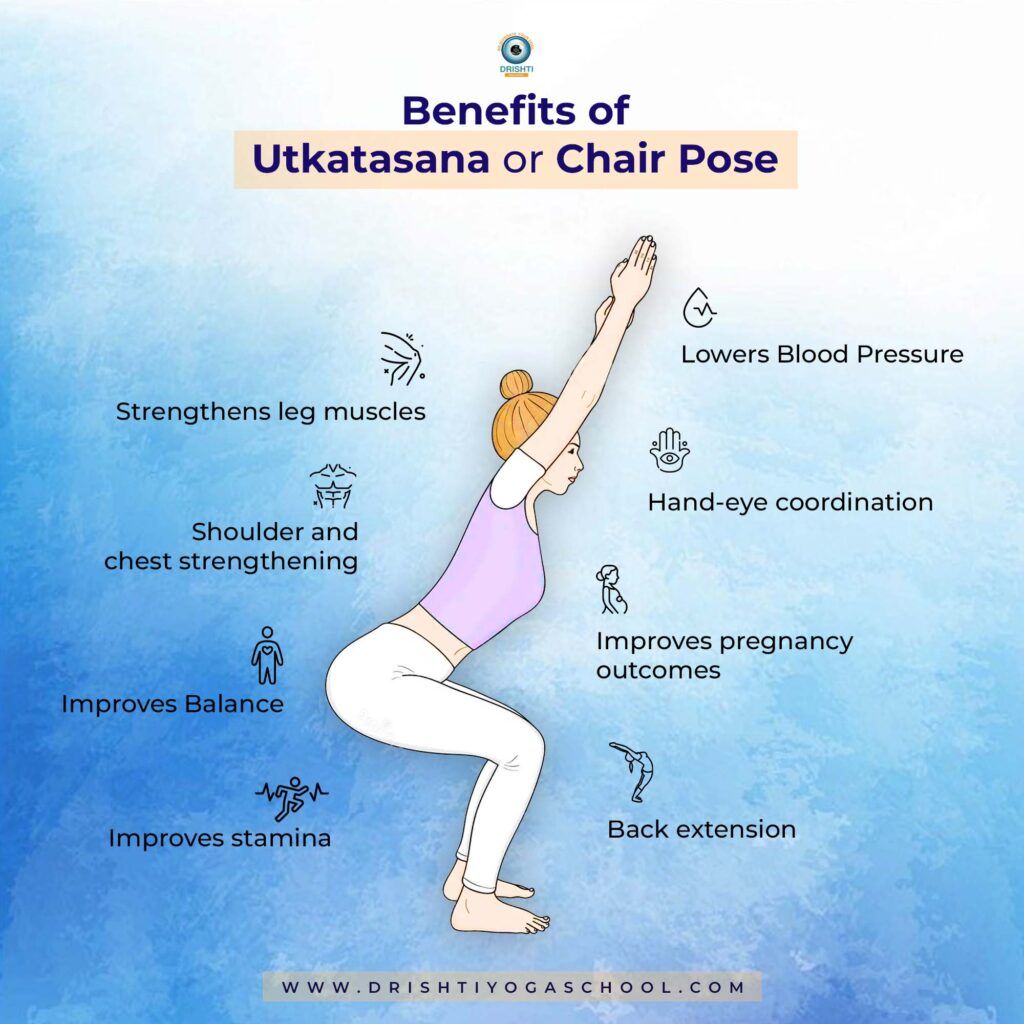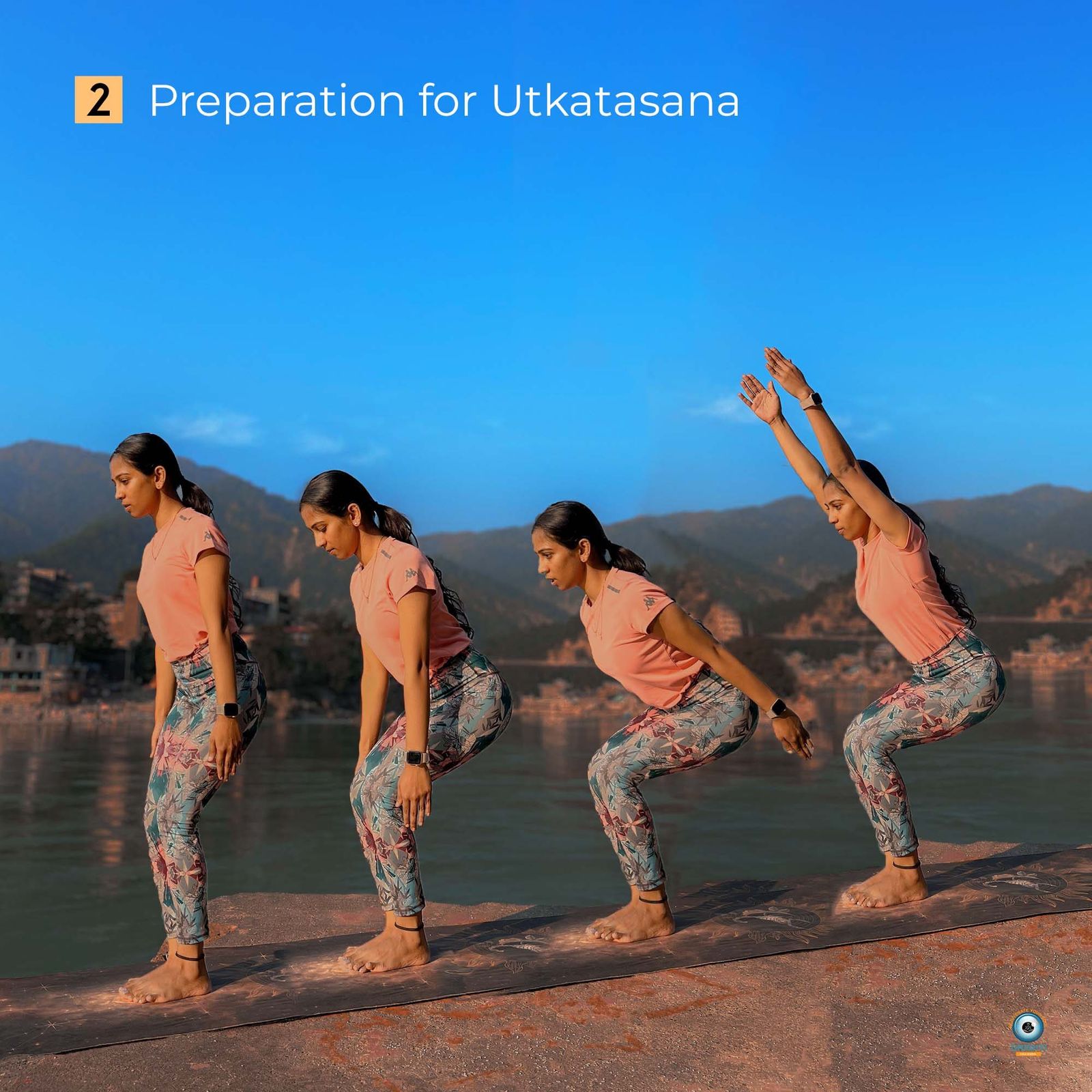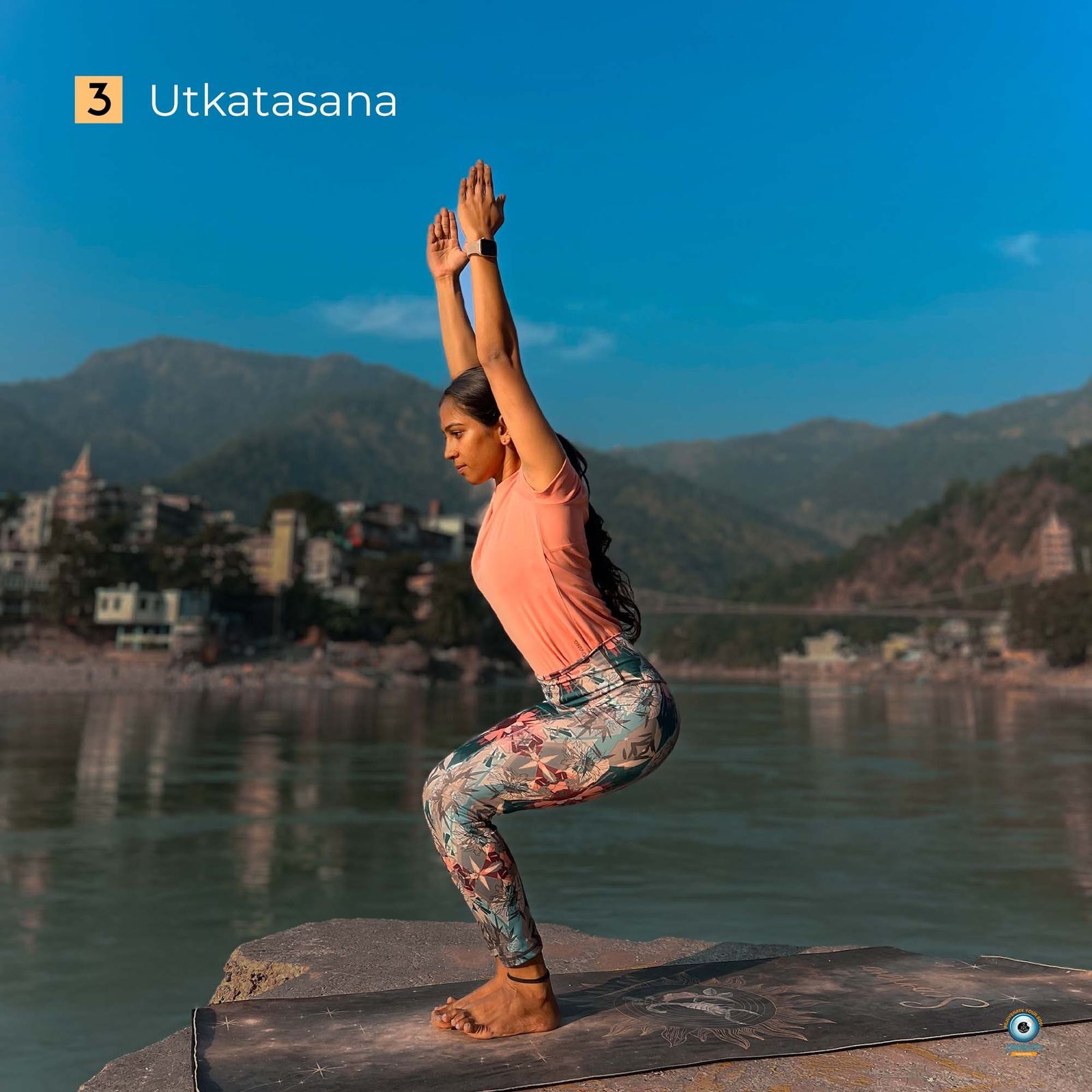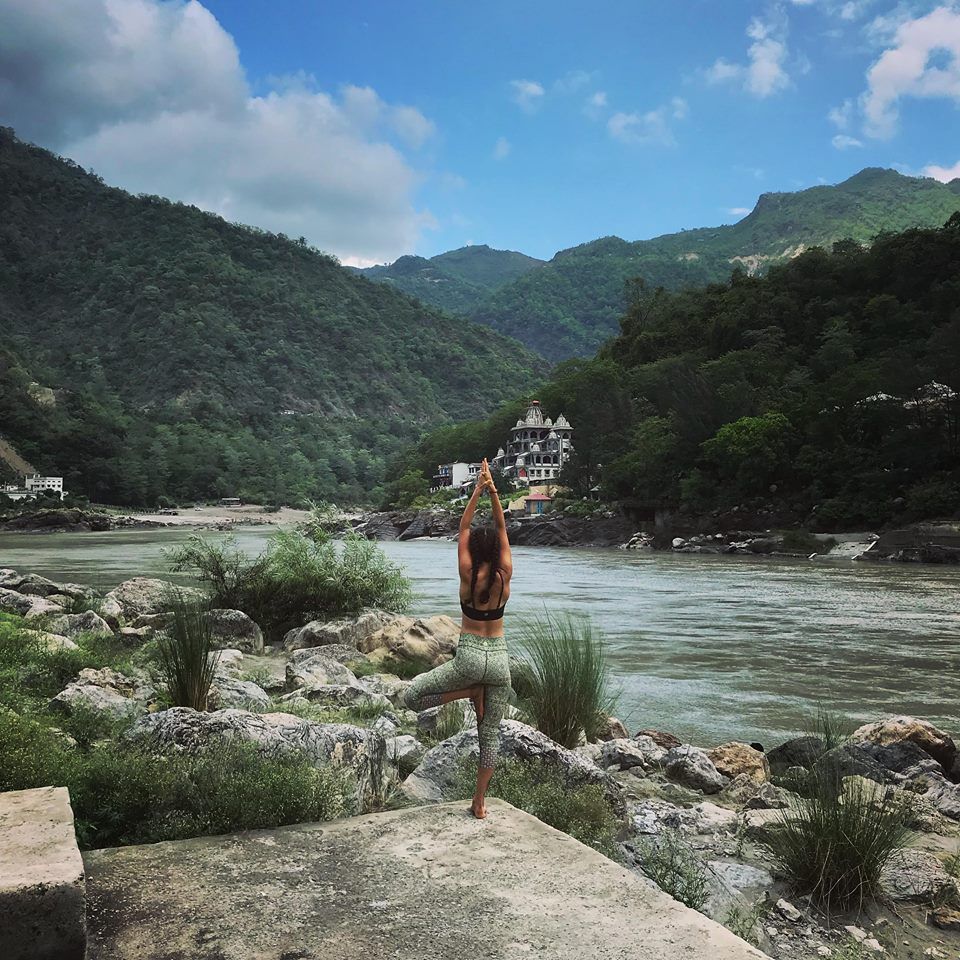Chair Pose is known as “Utkatasana”. The Sanskrit word “Utkata” means wild, intense, or fierce and “Asana” means posture. It is said that Krishnamacharya originated the modern chair-like pose after the 19th century.
The posture is designed to be seated on an imaginary chair. This posture is not an easy chair but a substitute for a throne.
Dated in the history of India, chairs were not commonly used, most people would be seated on the floor, whereas the Royals would have elevated chairs or thrones.
This elevation made it easy to have an act of seeing and being seen between the king and his subjects.
The philosophical aspect of Utkatasana, the Epic of Ramayana states that lord Rama the ruler of Ayodhya was sent to forest for 14years for Vanvas.
During that period Lord Rama’s sandals were placed on the throne making a statement: “Rama is absent, but I would perform my best during his absence”.
Benefits of Chair Pose / Utkatasana
• Strengthens leg muscles
• Back extension
• Hand-eye coordination
• Improves Balance
• Lowers Blood Pressure
• Improves pregnancy outcomes
• Shoulder and chest strengthening
• Improves stamina
• Hip Flexors

Asana to prepare for the posture
• Tadasana
• Sun Salutation
• Vrksasana or Tree Pose
• Eagle Pose
Muscles engaged in Chair Pose / Utkatasana
• Quads
• Ankle
• Shoulder
• Chest
• Abdominal
• Pelvic
Muscles stretched in Chair Pose
• Spinal Cord
• Neck
• Abdomen
• Chest
• Leg Muscles
• Glutes
How to perform Chair Pose / Utkatasana
• Stand in Tadasana (Mountain Pose). Inhale and raise your arms overhead by stretching.
• Rotate biceps towards the ear level and parallel to each other, shoulder dropped down to shoulder level.
• Squaring hips towards the front, exhale and bend your knee. Make sure the knee does not cross the toes.
• Lower the torso keeping the thighs parallel to the ground into a half squat pose without leaning forward.
• Scooping your inner thighs inward and the head of the thigh bones down towards the heels.
• Focus on your shoulder blades while pushing your tailbone down (APT) towards the floor and pelvic.
• Elongating the lower back long.
• Focus on one point to the eye level.
• Hold the pose for 30 seconds to a minute to deepen the practice.
• Exhale and inhale to release the posture by straightening the knees, lifting through your arms.
• Exhale and release your arms to sides into a Tadasana (Mountain Pose)
Variations of Chair Pose in Hatha Yoga
1. Chair Pose against a wall:
• Stand against the wall by placing the back, now slowly walk your feet forward into an imaginary chair lowering down the back into the pose.
• Place your legs hip width apart and walk your ankles directly above the knee and not in back or front of the knees.
• Stay in the posture for a few breaths and hold for several minutes.
• To deepen the posture, you can start to lift your hands above your head and not lean forward completely. Make sure your hip is still against the wall.
2. Chair Pose with a Block
• Stand in Tadasana with feet hip distance apart, raise the arms above the head to ear level and palms facing parallel to each other.
• Place a block in between the thighs, adjust the leg position and now slowly while holding the block with the help of the thigh slowly lower the hips down into a squat position.
• Hold the pose for a few breaths and extend the back without leaning forward.




